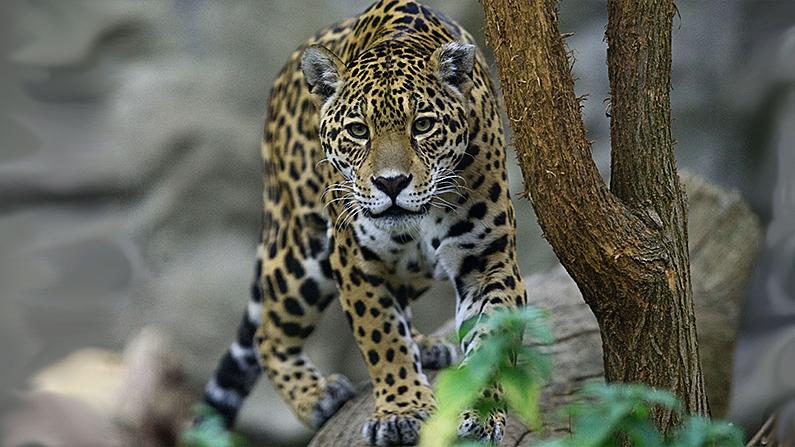Just two days after the world’s first jaguar cub was born using artificial insemination, it was likely eaten by its mother, according to reports.
The birth was hailed as a landmark scientific breakthrough for the conversation of the species when the cub was delivered by vets at the environmental organization Mata Ciliar in Jundiaí, Sao Paulo in February, the New York Post reported.





